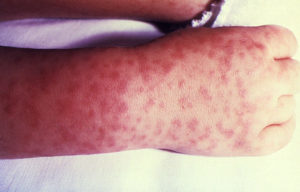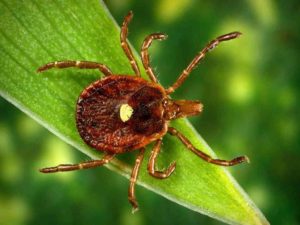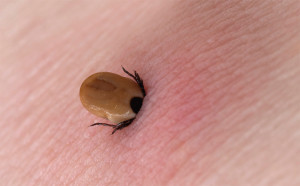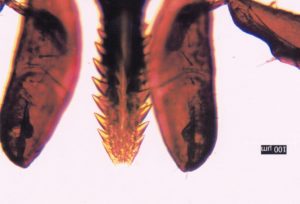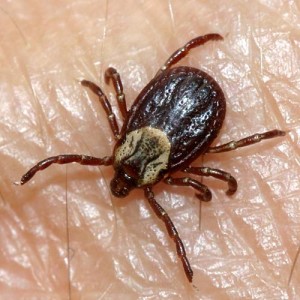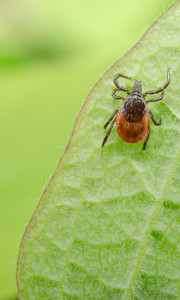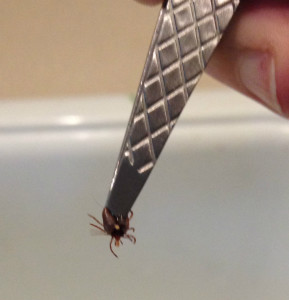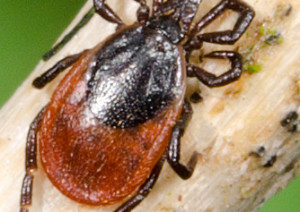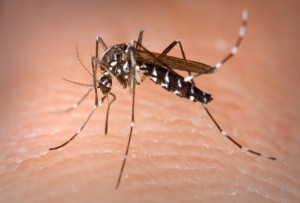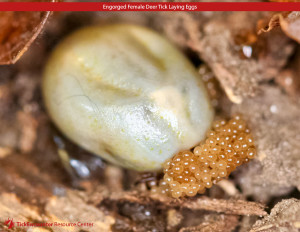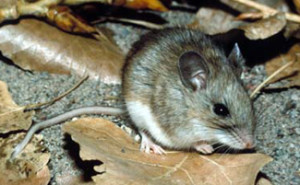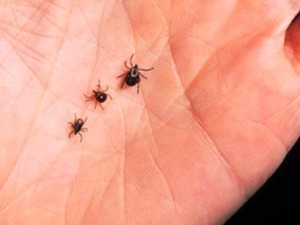 As fall has arrived, Central Massachusetts residents look forward to bidding adieu to the mosquitoes, gnats, flies and other insects that are one of the only downsides of summertime in the Bay State. One of the few exceptions to this rule is ticks.
As fall has arrived, Central Massachusetts residents look forward to bidding adieu to the mosquitoes, gnats, flies and other insects that are one of the only downsides of summertime in the Bay State. One of the few exceptions to this rule is ticks.
Central Massachusetts ticks actually stay very much alive in winter. As long as there is not snow on the ground and temperatures are above freezing, adult ticks can be out and about, questing for a blood meal.
How to Protect Yourself From Ticks in Winter
While we don’t spray for ticks during the winter months, I know that through a intensive tick control program you can limit the number of ticks on your property for the entire year. Have your property sprayed with a barrier tick spray every 2-3 weeks all summer long to eliminate adult ticks that are questing for blood meals. To further limit the tick population, broaden those treatments with twice per year tick tube drops. Tick tubes eliminate larval and nymph ticks when they are nesting with rodents. This combination results in a lower tick population year round, and the results are exponentially better the longer you are with us.
Tick Protection During Outdoor Winter Adventures
If you are an active outdoors person during the winter months, chances are you spend time in untreated outdoor areas during that time. To protect yourself from active adult ticks when hiking or spending time in nature it is important that you dress appropriately and conduct a tick check upon returning indoors. This is an easier task during cold weather, but the advice warrants repeating.
Tuck your pants into your socks to keep ticks out. When you arrive home, remove all of your clothing and put it in the dryer on high for 30 minutes to dry out the ticks. Follow our instructions for a full body tick check to make sure there are no ticks hiding on your body, enjoying a delicious blood meal undetected. And don’t forget to check your dog for ticks if your canine companion came along on your outdoor adventures.
While ‘Id love to say ticks are a seasonal problem in Central Massachusetts, it is unfortunately not true. Ticks can quest during the winter for a blood meal, so vigilance needs to be maintained as long as the ground is not covered in snow and temperatures are above freezing.


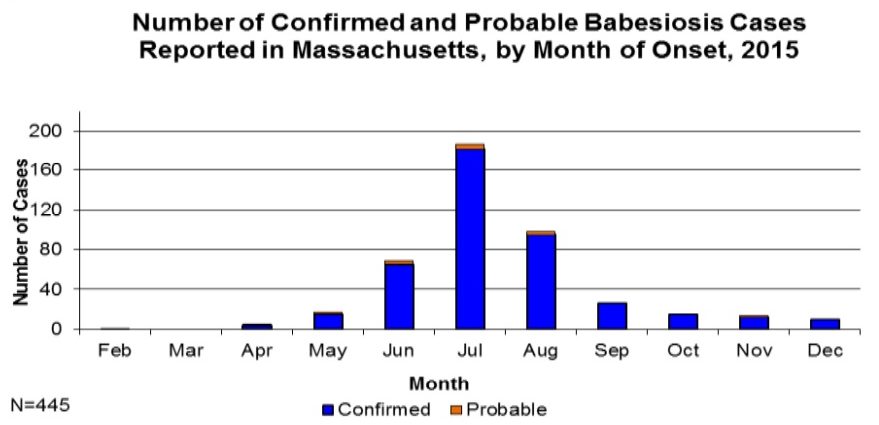

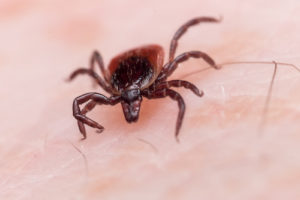 Rocky Mountain Spotted fever (RMSF) is so far not as common in Massachusetts as Lyme disease. This can make it extra dangerous as physicians and patients do not readily know the risks, signs, and symptoms.
Rocky Mountain Spotted fever (RMSF) is so far not as common in Massachusetts as Lyme disease. This can make it extra dangerous as physicians and patients do not readily know the risks, signs, and symptoms.